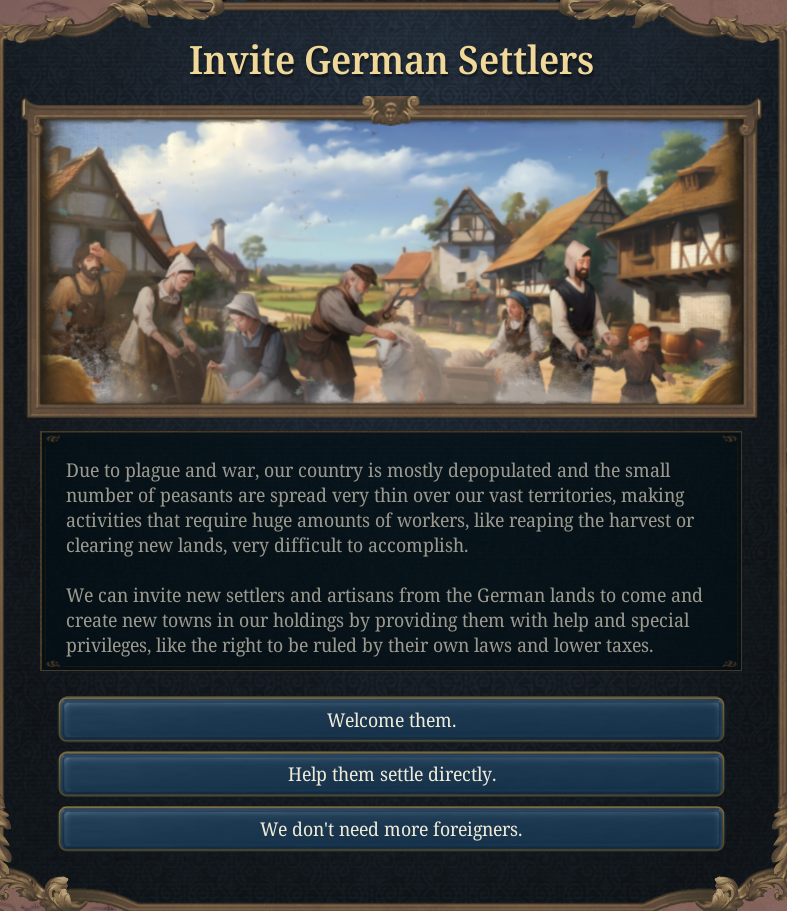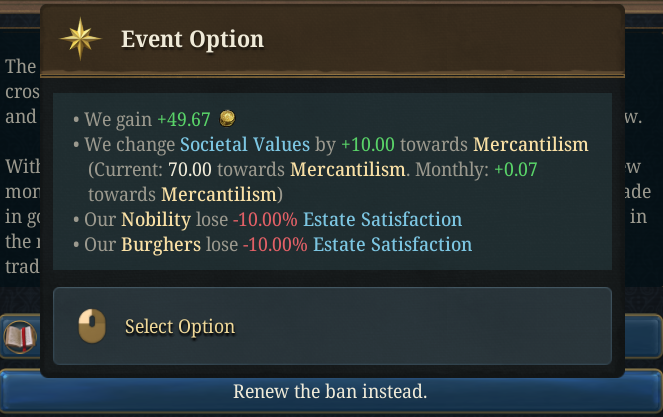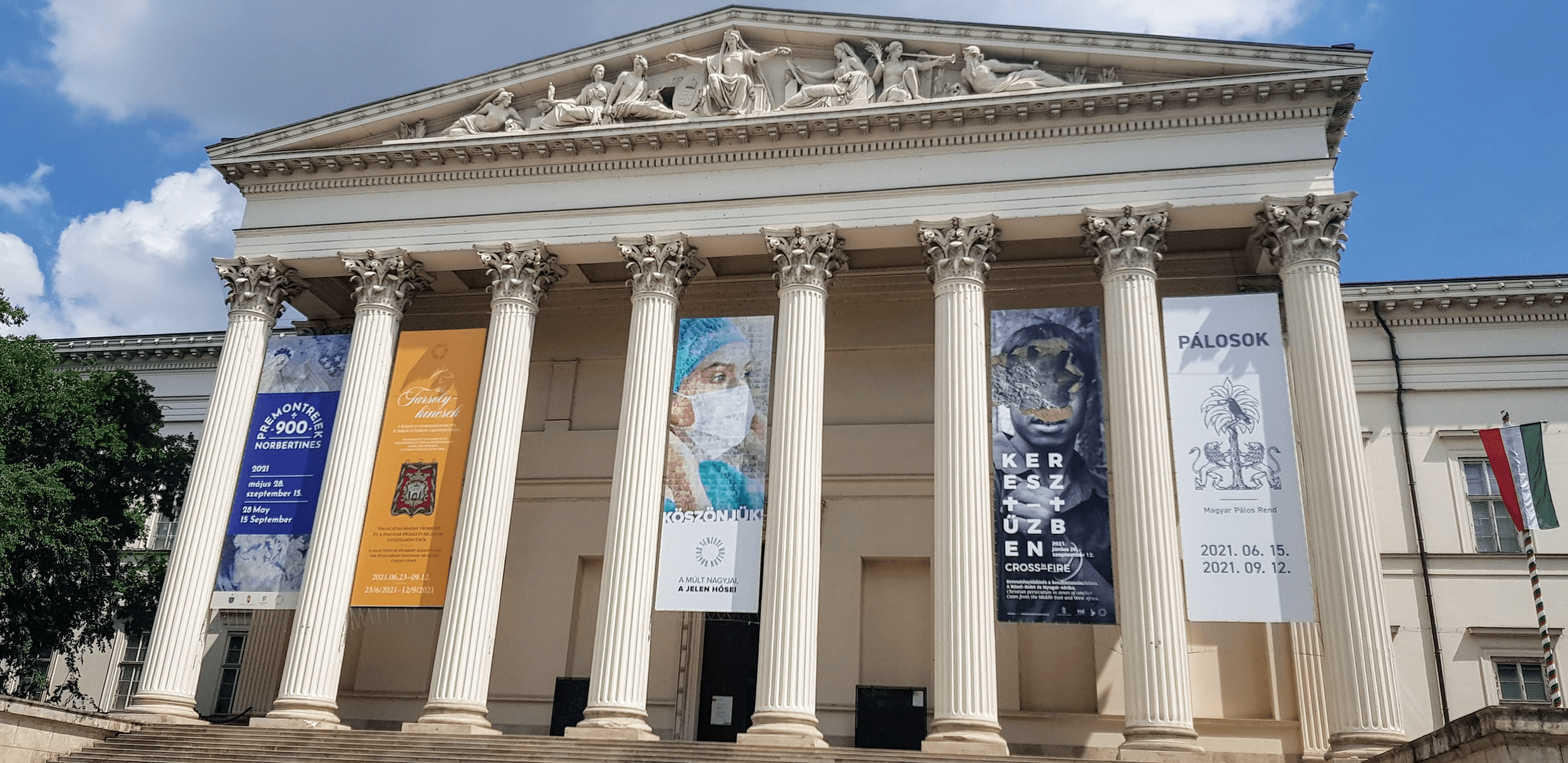Hello, and welcome one more week to Tinto Flavour, the happy Fridays where we share with you the flavourish content of the super secret Project Caesar!
Today we will take a look at one of my favourite countries to playtest the game, the Kingdom of Hungary!:
What fate awaits for the Kingdom of Hungary? Will it fall to the enemies of the faith? Or will it stand proud before the waves of those who seek its demise?

We are currently working to have a more settled dynastic flavour, but for the moment, the House of Anjou is taking its naming from the Italian variant of it, since it’s the main House, so take it as WIP; as any UI, 2D and 3D art, as usual.
Here is Hungary:

And its starting diplomatic situation:

Poland is allied, while Croatia is in a personal union. Not shown on the map (yet) is that Hungary is embargoing Austria, as a result of the pact made with Bohemia.
Hungary has a few interesting interesting starting privileges:

This is not a unique privilege, but a generic one that we created taking into account Hungary’s situation in 1337; a few countries across Europe also start with it enacted.

We already showed this privilege in Tinto Flavour #1, if you remember.
By having it active, it may trigger this recurrent event:


Classical flavour Parliament:

And starting works of art:

Here are some interesting advances for Hungary:

This advance helps Hungary manage all the different cultures it starts with and also portrays a historical policy followed by many Hungarian kings in the Middle Ages.

Cumans!


Among the several options we had available to portray the infamous Black Army, we decided upon making them a regular Infantry unit. We thought about making it a unique mercenary company, but since they were usually directly on the payroll of the Hungarian kings, we thought that it would work better as a recruitable unique unit.
A couple of war-oriented advances for the Age of Reformation:



There’s a generic Hussar cavalry unit, that is available in the Age of Absolutism. This means that Hungary gets its unique Hussar cavalry unit one age earlier. They aren’t the only country with unique Hussar units, but we will show those in future Tinto Flavour…
Also in the Age of Reformation, you will get these advances depending on which religion you follow; the first is for a Catholic Hungary, and the other two for a Protestant Hungary:



We will explain what ‘Religious Influence’ and ‘Church Power Actions’ are in the Tinto Talks devoted to Catholicism and Protestantism, respectively. For the moment, we let you decide which religion is the True Faith, and which are Heretical and Heathen to you.
Let’s now move to the narrative content for Hungary, which is really interesting in the first years of a game, since lots of historical events happened in real life...
Soon after the start of the game, you’ll get this event, showing the power of King Károly:




An additional Cabinet Seat during the king’s life is a really strong bonus!
This event may also trigger on a dynamic date:



This eventually may lead to a follow-up event, which also unlocks a unique diplomatic relation:


It doesn’t necessarily mean that both may unite, if both have an heir, as historically happened. For instance, this is from the gameplay I was doing to take the screenshots:

During the reign of King Lajos, a few more interesting events happened:




A very interesting event… I reported no less than 4 issues to fix when it got triggered!


An interesting character to recruit…:

Oh, and you may also be a secondary character in a Neapolitan plot…:

…And much more, but that’s all for today! Next week, on Monday we will have the Tinto Maps Feedback for Arabia, and on Friday we will take a look at the Kingdom of Scotland! @SaintDaveUK and @Roger Corominas will reply instead of me for the later, as I have to take a flight that afternoon. Cheers!
Today we will take a look at one of my favourite countries to playtest the game, the Kingdom of Hungary!:
What fate awaits for the Kingdom of Hungary? Will it fall to the enemies of the faith? Or will it stand proud before the waves of those who seek its demise?

We are currently working to have a more settled dynastic flavour, but for the moment, the House of Anjou is taking its naming from the Italian variant of it, since it’s the main House, so take it as WIP; as any UI, 2D and 3D art, as usual.
Here is Hungary:

And its starting diplomatic situation:

Poland is allied, while Croatia is in a personal union. Not shown on the map (yet) is that Hungary is embargoing Austria, as a result of the pact made with Bohemia.
Hungary has a few interesting interesting starting privileges:

This is not a unique privilege, but a generic one that we created taking into account Hungary’s situation in 1337; a few countries across Europe also start with it enacted.

We already showed this privilege in Tinto Flavour #1, if you remember.
By having it active, it may trigger this recurrent event:


Classical flavour Parliament:

And starting works of art:

Here are some interesting advances for Hungary:

This advance helps Hungary manage all the different cultures it starts with and also portrays a historical policy followed by many Hungarian kings in the Middle Ages.

Cumans!


Among the several options we had available to portray the infamous Black Army, we decided upon making them a regular Infantry unit. We thought about making it a unique mercenary company, but since they were usually directly on the payroll of the Hungarian kings, we thought that it would work better as a recruitable unique unit.
A couple of war-oriented advances for the Age of Reformation:



There’s a generic Hussar cavalry unit, that is available in the Age of Absolutism. This means that Hungary gets its unique Hussar cavalry unit one age earlier. They aren’t the only country with unique Hussar units, but we will show those in future Tinto Flavour…
Also in the Age of Reformation, you will get these advances depending on which religion you follow; the first is for a Catholic Hungary, and the other two for a Protestant Hungary:



We will explain what ‘Religious Influence’ and ‘Church Power Actions’ are in the Tinto Talks devoted to Catholicism and Protestantism, respectively. For the moment, we let you decide which religion is the True Faith, and which are Heretical and Heathen to you.
Let’s now move to the narrative content for Hungary, which is really interesting in the first years of a game, since lots of historical events happened in real life...
Soon after the start of the game, you’ll get this event, showing the power of King Károly:




An additional Cabinet Seat during the king’s life is a really strong bonus!
This event may also trigger on a dynamic date:



This eventually may lead to a follow-up event, which also unlocks a unique diplomatic relation:


It doesn’t necessarily mean that both may unite, if both have an heir, as historically happened. For instance, this is from the gameplay I was doing to take the screenshots:

During the reign of King Lajos, a few more interesting events happened:




A very interesting event… I reported no less than 4 issues to fix when it got triggered!


An interesting character to recruit…:

Oh, and you may also be a secondary character in a Neapolitan plot…:

…And much more, but that’s all for today! Next week, on Monday we will have the Tinto Maps Feedback for Arabia, and on Friday we will take a look at the Kingdom of Scotland! @SaintDaveUK and @Roger Corominas will reply instead of me for the later, as I have to take a flight that afternoon. Cheers!










